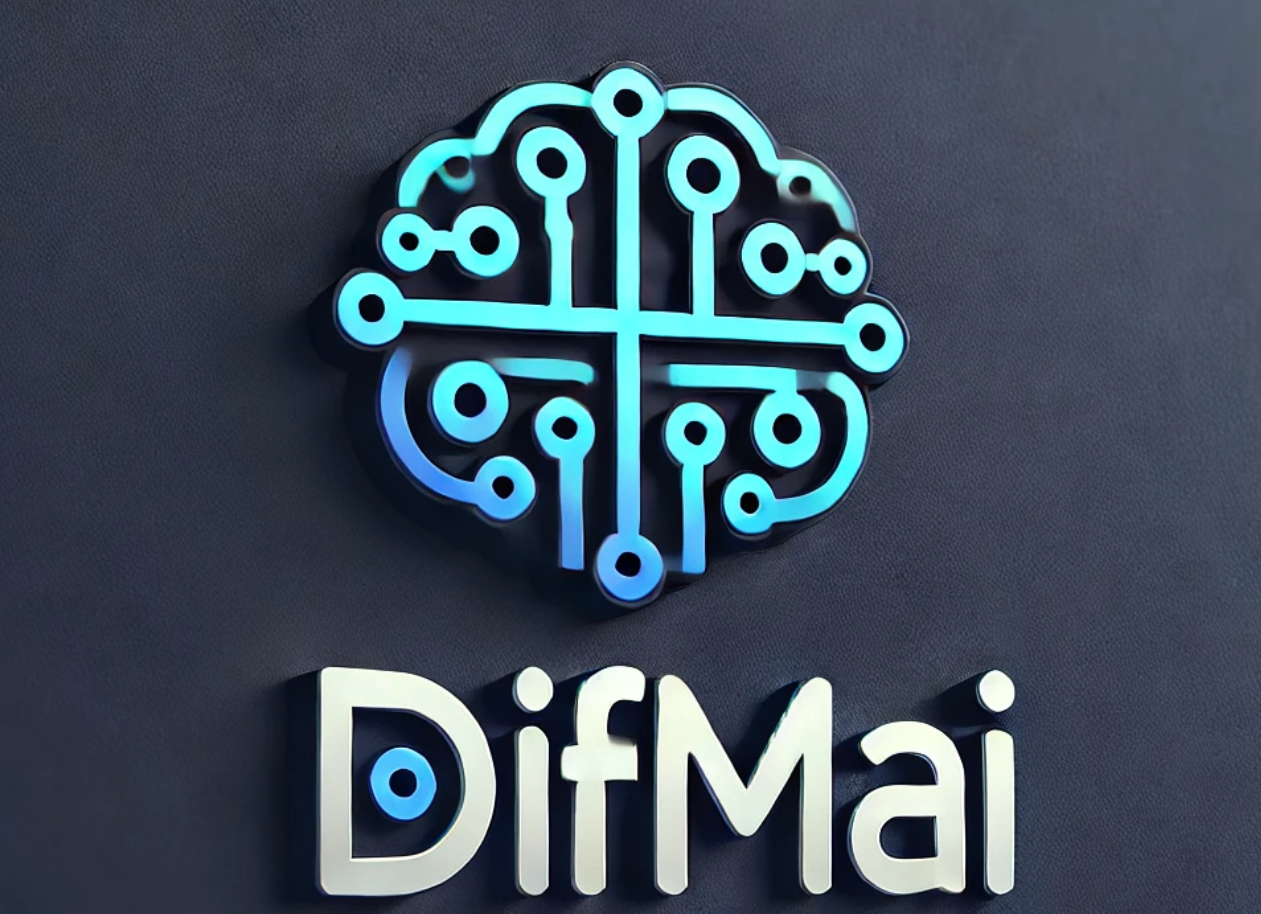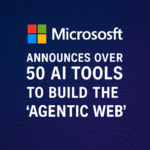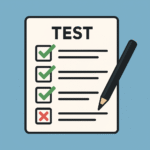TL;DR: Google’s Agent2Agent (A2A) protocol is now open-sourced and under the neutral governance of the Linux Foundation. It enables AI agents to communicate securely and collaborate across ecosystems, with backing from major players like AWS, Cisco, Microsoft, and Salesforce.
What Is Agent2Agent?
Agent2Agent, or A2A, is Google’s open protocol for enabling AI agents to discover each other, communicate securely, and work together on complex tasks. Instead of every AI system using a different approach, A2A offers a shared language and a standard toolkit. Think of it as the backbone of multi-agent interoperability in an increasingly agentic AI world.
Why It Matters
AI agents are on the rise, but they often operate in silos. Without a shared communication standard, collaboration across tools, vendors, or platforms becomes inefficient or impossible. A2A solves this by providing:
- A discovery layer using Agent Cards
- Secure task negotiation and execution over HTTP
- Live updates using server-sent events
- Support for multimodal content like text, images, audio, and video
It also includes built-in security mechanisms such as authentication, authorization, and capability verification, making it ideal for enterprise-grade deployments.
A True Open Standard
One of the biggest moves in this announcement is Google’s decision to transfer the project to the Linux Foundation. This ensures that A2A will remain open, vendor-neutral, and collaborative. More than 100 companies are already supporting the project, including cloud giants, enterprise software providers, and emerging AI startups.
This step also helps A2A avoid what many developers fear when big tech open-sources something: control by a single vendor. By joining the Linux Foundation, A2A gains trusted stewardship and a path to widespread adoption.
How It Works
The A2A protocol uses JSON-RPC over HTTP for messaging, with agent “cards” that describe capabilities and interfaces. When two agents meet, they can negotiate who does what, monitor progress in real time, and produce shared results (called artifacts).
Developers can use the SDKs and templates available on GitHub to build their own agents or plug A2A into existing AI systems. Whether you’re using LLMs, RPA bots, or custom agents, A2A offers a framework to orchestrate them as a team.
Big Industry Support
Some of the biggest names in tech are already behind A2A:
- AWS is contributing to cloud-native integration
- Salesforce and SAP are exploring enterprise agent coordination
- Microsoft and Cisco are working on secure communication patterns
- ServiceNow is looking into automation use cases with A2A
This shows strong momentum and a growing desire for unified standards across the AI landscape.
The Future of Agent Collaboration
As multi-agent systems become more common, A2A offers a foundation to build AI that is collaborative, secure, and scalable. It’s not just about connecting two bots. It’s about coordinating intelligent systems across departments, clouds, or even entire industries.
Expect to see A2A appear in enterprise workflows, AI development frameworks, and platform SDKs throughout 2025 and beyond.



